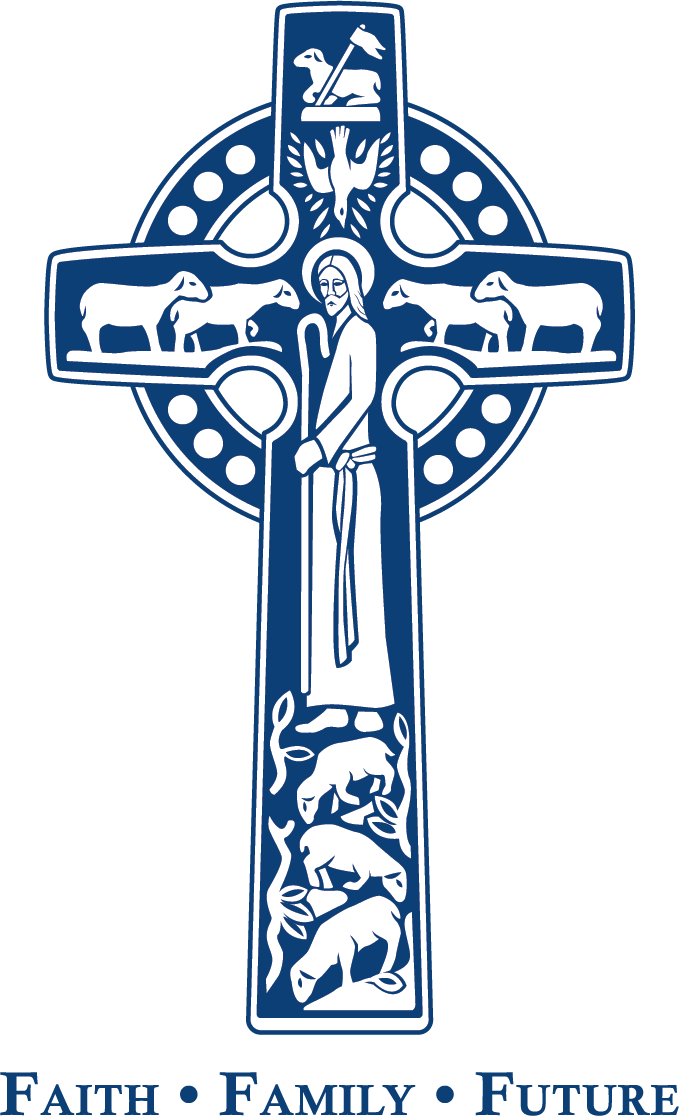Seeing Christ
Have you ever looked into a clear night sky and noticed how the stars twinkle? Well, that isn’t exactly accurate. It is somewhat of an optical illusion, albeit a very nice one. Stars don’t twinkle. The twinkling we see is due to things like humidity and the shifting pockets of air in the various layers of our atmosphere. And the twinkling wasn’t much of an issue for most of the ways we’ve viewed and even used stars for navigation and whatnot for most of human history. You can make out Orion and tell a story, you can mark time by their apparent progress across the sky or you can navigate. Polaris, the North Star, is there whether or not it’s twinkling.
But when scientists – specifically astrophysicists – are peering deep into interstellar space to look at stars, galaxies and the planets in their courses to learn about the nature and history of our universe, twinkling is a problem. They need precision. So, the best observatories are built high where the air is thin and in low humidity. But that’s really not good enough.
Read More
Conditions of the Heart
In the early morning hours of April 26, 1986, the #4 reactor at the Chernobyl nuclear power plant exploded, causing the worst disaster in the history of nuclear power generation. It initially released several times more radioactive material than what was released at Hiroshima and Nagasaki. Radiation at such levels not only causes immediate death and long-term cancers, but it can actually alter DNA; it can damage and warp the created design of individual cells, transforming the normal, healthy and productive systems of the body into diseased and disfiguring illness and death. The Soviet government tried to mitigate the damage done in the meltdown, but they - the whole world - knew that nothing could be done; there is no undoing that level of radiation damage! Ultimately, the only thing even the brightest scientists came up with was to put a fence around the irradiated area in what became known euphemistically as the “exclusion zone.” Even now - 37 years later - Chernobyl is encircled by an eerie ghost-state which will remain barren of life for the unknown foreseeable future. The horrific effects of the meltdown of reactor #4, once started, could not be stopped, or corrected, or restored; the Soviets’ only choice was to cordon it off behind a 1,600 square mile physical barrier - encircling the site, creating an uninhabitable dead zone.
Even having taken the dramatic step of isolating Chernobyl from the surrounding apparently healthy environment, it soon became clear that one of the most worrisome forms of fallout released into the atmosphere as a result of the disaster was strontium-90, a deadly radioactive isotope which the melt-down had set free … to float out in whatever direction, for however long until it finally fell wherever it might. Stontium-90’s particular danger (aside from the corruption of living DNA common to any radiation poisoning) is that, chemically, strontium-90 is very similar to calcium, so similar that - like a radioactive Trojan horse - strontium-90 molecules can actually infiltrate and replace calcium in certain foods - essentially “deceiving” the food’s internal composition - and once eaten, will concentrate in the consumer’s bones and blood, progressively weakening, and finally killing its host.
So, why, does the destruction of Chernobyl come to my mind today - especially on a day when MaryBeth and Patrick Corwith have chosen to have little Emily Beatrice (“Busy”) baptized? At such a joyful blessed moment, do these challenging lessons fit with the joys of a child’s baptism? More than we might think initially…
Read More
Blessed Shards of Light
Jesus says something quite extraordinary in today’s Gospel (as I hope the change of lighting might have signaled to you during Deacon John’s reading.) There is much in this passage that is familiar, perhaps too familiar to our practiced ears. Jesus uses the images of salt and light as metaphors for the way His followers are to act in the world around them. Salt adds flavor, richness - savoriness - to the food with which God nourishes our bodies. Salt has long been an important preservative of that food (and thus of human health.) It purifies, and surely anyone who lived near the Dead Sea at any time, knew of salt’s healing properties.
In every religion’s imagery, light signifies truth (vs. lies), good (vs. evil), that which enlightens …ignites! … (vs. that which obscures, confuses or deceives.) Light is one of the very first things God creates in the opening verses of Genesis. Seven hundred years before Christ, God tells the Israelites (through the prophet Isaiah) “I will give you as a light to the nations, that my salvation may reach to the end of the earth.” (Isa. 49:6b) God’s divine light provides Wisdom, Love and Truth for His people’s blessing and provision… as they reflect that light… as they participate in the spreading of His Kingdom to His eternal Glory.
Read More
